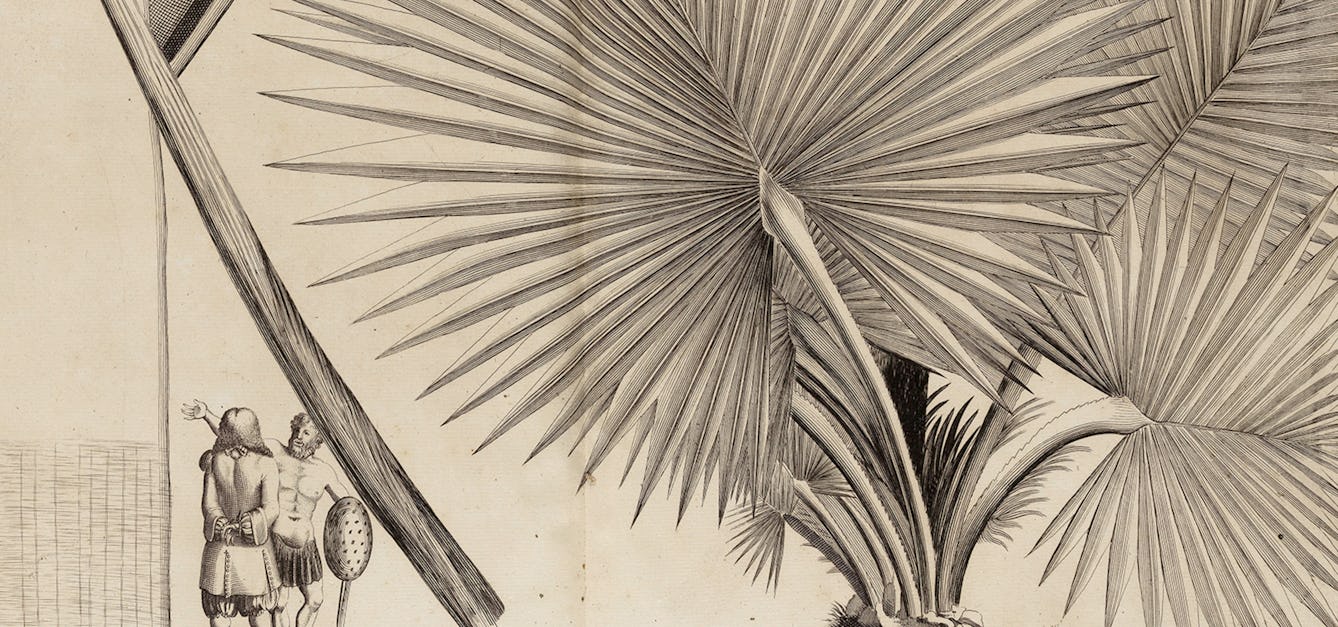Stories

- Article
Chillies and the trouble with Scoville
Measuring the heat of these peppers can leave you a little lukewarm.

- Article
Illuminated manuscripts, illuminating medicines
From rare bugs to exorbitantly priced plant parts, find out more about the artistic and medical uses of pigments from the past.

- Article
Indian botanicals and heritage wars
Colonial botanical texts, as astonishingly beautiful as they are, may cast very dark shadows.

- Book extract
Ayurveda: Knowledge for long life
The story of medicine in India is rich and complex. Aarathi Prasad investigates how it came to be this way.
Catalogue
- Books
Aromatic, spice and medicinal plants / S.B. Gurav.
Gurav, S. B.Date: [1993]- Books
- Online
Modern history: or, The present state of all nations. Describing their respective situations, persons, habits, buildings, manners, laws and customs, religion and policy, arts and sciences, trades, manufactures and husbandry, plants, animals and minerals. Vol. I. Containing the present state of Asia. Wherein are described, the empire of China; the kingdoms of Japan, Tonquin, Cochin China and Siam; the Ladrone and Philippine Islands; the island of Celebes or Macassar; of Banda, Amboyna, and the Molucca's, or Spice-Islands; of Borneo, Java, and Sumatra, with the Nicobar and Andoman Islands; the empire of the Great Mogul, of proper India; the kingdoms of Pegu, Ava, Arracan, Brama, Tipra, Acham, and Boutan; the island of Ceylone, famous for the true cinamon; the Persian Empire; Arabia; Asiatick Tartary, and lastly, the Turkish Empire in Asia, viz Chaldœa, Assyria, Mesopotamia, Armenia Major, Syria, Palestine, or the Holy-Land, and Asia Minor. Illustrated which thirty four curios copper-plates of the most remakable buildings, habits, idols and animals; with ten maps of the several countries described in this volume, accurately drawn, according to the geographical part of this work, By Herman Moll.
Salmon, Thomas, 1679-1767.Date: M,DCC,XXVII. [1727]- Books
What have plants ever done for us? : western civilization in fifty plants / Stephen Harris.
Harris, Stephen, 1966-Date: 2015- Books
Spices / J.W. Purseglove [and others].
Date: [1981]- Books
CRC handbook of medicinal spices / James A. Duke [and others].
Date: [2003], ©2003









